Everyone should know the standards: parameters of the coolant of the heating system of an apartment building
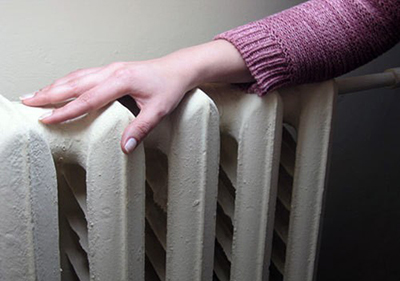
Residents of apartment buildings are more likely to trust the maintenance of the temperature in the rooms to the already installed radiators central heating.
This is the advantage of city high-rise buildings over the private sector - from mid-October to the end of April, public utilities take care of constant heating residential premises. But their work is not always flawless.
Many have encountered pipes that are not hot enough in winter frosts, and a real heat attack in the spring. In fact, the optimal temperature of an apartment at different times of the year is determined centrally, and must comply with the adopted GOST.
Content
Heating standards RF PP No. 354 of 06.05.2011 and GOST
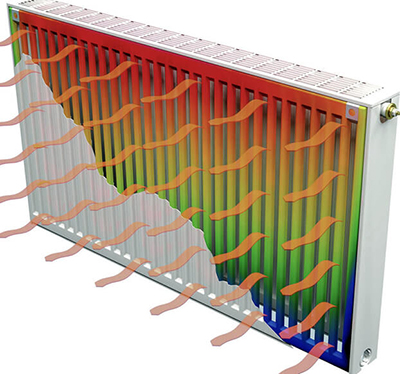
May 6, 2011 was published Government Decree, which is still in effect today. According to it, the heating season depends not so much on the time of year as on the outside air temperature.
The central heating starts working when the outside thermometer shows the mark below 8 °C, and the cold snap lasts for at least five days.
On the sixth day pipes are already starting to heat the premises. If warming occurs during the specified time, the heating season is postponed. In all parts of the country, radiators delight with their warmth from mid-autumn and maintain a comfortable temperature until the end of April.
If frost has arrived and the pipes remain cold, this could be the result problems with the system. In case of a major breakdown or unfinished repair work, you will have to use an additional heater until the malfunction is fixed.
If the problem is in air locks filling the radiators, then contact the operating company. Within 24 hours after submitting the application, the plumber assigned to the house will arrive and "blow out" the problem area.
The standard and norms of permissible air temperature values are specified in the document "GOST R 51617-200. Housing and public utilities. General technical information". The range of air heating in the apartment can vary from 10 to 25 °C, depending on the purpose of each heated room.
- Living rooms, which include living rooms, bedrooms, offices and the like, should be heated to 22°C. This mark may fluctuate. up to 20 °C, especially in cold corner rooms. The maximum reading of the thermometer should not exceed 24 °C.
- According to the documents, the kitchen is considered a work area. In addition, it always has an additional heat source in the form of a gas or electric stove.
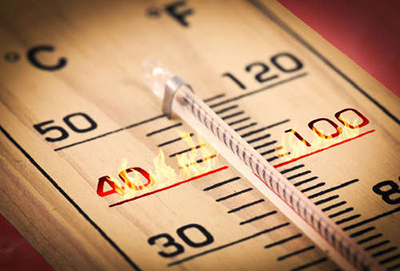
The optimum temperature is considered to be from 19 to 21 °C, but cooling of the zone is allowed up to 18 °C or intense heating up to 26 °C.
- The toilet follows the temperature range of the kitchen. But, the bathroom, or adjacent toilet, are considered to be rooms with high humidity levels. This part of the apartment can heat up up to 26 °C, and to cool down up to 18 °C. Although, even at the optimal permissible value of 20 °C, using the bath for its intended purpose is uncomfortable.
- The comfortable temperature range for corridors is considered to be 18–20 °C. But, the decrease in the mark up to 16 °C considered quite tolerable.
- The figures in storage rooms may be even lower. Although the optimal limits are from 16 to 18 °C, marks 12 or 22 °C do not go beyond the normal range.
- Upon entering the entrance, a resident of the building can expect an air temperature of no lower than 16 °C.
- A person spends only a short time in an elevator, hence the optimal temperature of only 5 °C.
- The coldest places in a multi-story building are the basement and the attic. Temperatures here may drop up to 4 °C.
The heat in the house also depends on the time of day. It is officially recognized that a person needs less heat during sleep. Based on this, lowering the temperature in the rooms by 3 degrees from 00:00 to 05:00 in the morning is not considered a violation.
Parameters of the coolant temperature in the heating system
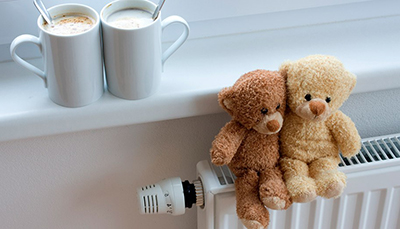
The heating system in an apartment building is a complex structure, the quality of which depends on correctness of engineering calculations still at the design stage.
The heated coolant must not only be delivered to the building with minimal heat loss, but also evenly distributed throughout the rooms on all floors.
If it is cold in the apartment, then a possible cause may be a problem with maintaining the required temperature of the coolant during transfer.
Optimal and maximum
The maximum temperature of the batteries is calculated based on safety requirements. To avoid fires, the coolant must be 20°C colder, than the temperature at which some materials are capable of spontaneous combustion. The standard indicates safe marks in the range from 65 to 115 °C.
But, boiling of liquid inside the pipe is extremely undesirable, therefore, when the mark is exceeded at 105 °C may serve as a signal to take measures to cool the coolant. The optimum temperature for most systems is considered to be at 75 °C. If this norm is exceeded, the battery is equipped with a special limiter.
Minimum
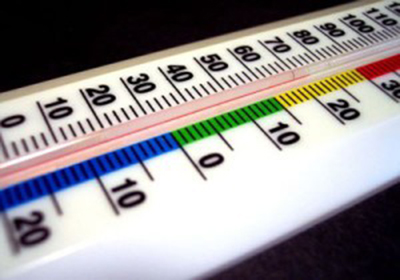
The maximum possible cooling of the coolant depends on the required intensity of heating the room. This indicator directly is related to the outside air temperature.
In winter, when it's freezing at -20 °C, liquid in the radiator at the initial level at 77 °C, should not be cooled below up to 67 °C.
The normal value in the return flow is considered to be the indicator at 70 °C. During warming periods up to 0 °C, the coolant temperature may drop up to 40–45 °C, and the return up to 35 °C.
How to measure in an apartment building?
If you suspect that the batteries are not heating up enough, you can measure yourself the temperature of the coolant by using some techniques.
- From an open tap, drain a little coolant into a container with a regular thermometer. To obtain an accurate result, add to the temperature shown 4 °C.
- Attach the alcohol thermometer to the radiator and wrap it in foam rubber or any other heat insulator.
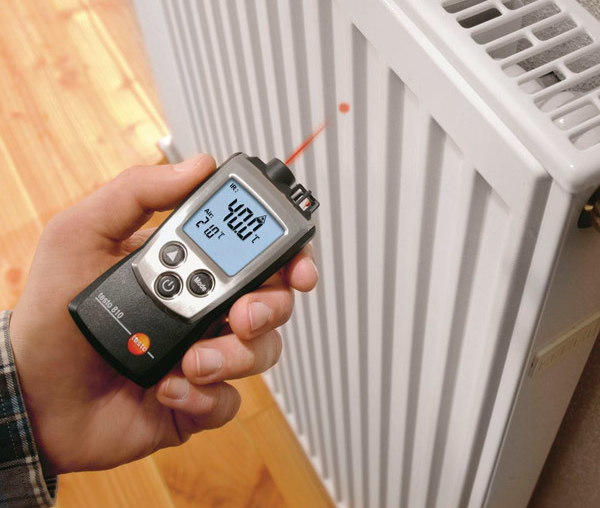
Photo 1. A special device, a pyrometer, which can be used to accurately measure the temperature of the coolant.
- A special thermometer gives an accurate result - a pyrometer that allows for an error of only at 0.5 °C.
Important! If the temperature readings of the batteries deviate significantly from the norm, you can file a complaint, as a result of which a special commission will make the necessary measurements. You can monitor the correctness of their actions by studying 4th point of GOST 30494-96, which is registered in "Control Methods".
Regulating the temperature of radiators
The air temperature in an apartment building is adjusted using two methods:
- Quantitative — consists of changing the flow rate of the coolant while maintaining its temperature. Regulation occurs using a common circulation pump or a shut-off mechanism. The devices help change the speed of supply of heated liquid to the system. The slower the speed of the coolant, the colder the pipes.
- Qualitative — consists of changing the temperature of the liquid while maintaining its speed and volume.
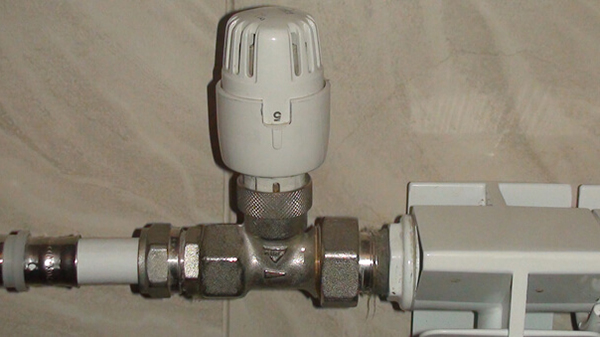
Photo 2. Automatic temperature controller of the heating radiator coolant, usually used in apartment buildings.
Most often used in residential buildings first method of adjustment temperature. But in this case, the temperature decreases in all rooms, including bathrooms and bedrooms.
Reference! The best way to maintain optimal temperature is considered to be installation of special devices on each radiator, allowing you to vary the heating of any room separately.
What Affects the Speed of Movement for the System: Table
The rate of circulation of liquid in the system is affected by parameters of the system pipes and coolant.
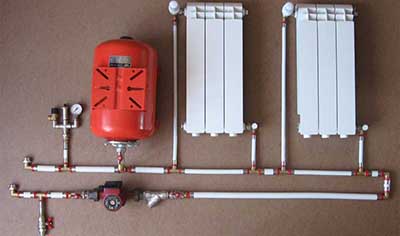
You can calculate the speed of liquid movement yourself using the formula:
V= m/pf, Where:
V - speed,
m — coolant consumption per section (kg/s),
f — cross-sectional area of the pipe (sq.m),
p — density (kg/cube).
By measuring the circulation speed in all sections of the system, their total sum can be obtained. In this case, the control data are considered to be the values from 0.25 to 1.5 m/sIf these numbers increase, the pipes will make noise, and if they decrease, there is a risk of air locks forming.
The correct selection of pipes is of no small importance. An example is given in the table.
| Pipe (mm) | Minimum power (kW) | Maximum power (kW) |
| Metal-plastic pipe 16 mm | 2.8 | 4.5 |
| Metal-plastic pipe 20 mm | 5 | 8 |
| Metal-plastic pipe 26 mm | 8 | 13 |
| Metal-plastic pipe 32 mm | 13 | 21 |
| Polypropylene 20 mm | 4 | 7 |
| Polypropylene 25 mm | 6 | 11 |
| Polypropylene 32 mm | 18 | 10 |
Pressure
The standards for hydraulic pressure in a centralized heating system are prescribed in SNiP. It is influenced by: the diameter and type of pipes, the characteristics of heating devices, the number of floors in the building.
Pressure happens three types:
- Static — means the pressure indicator in radiators, fittings, pipelines. The more floors in the house, the higher the indicator should be.
- Dynamic — occurs when the circulation pump is turned on and depends on its characteristics.
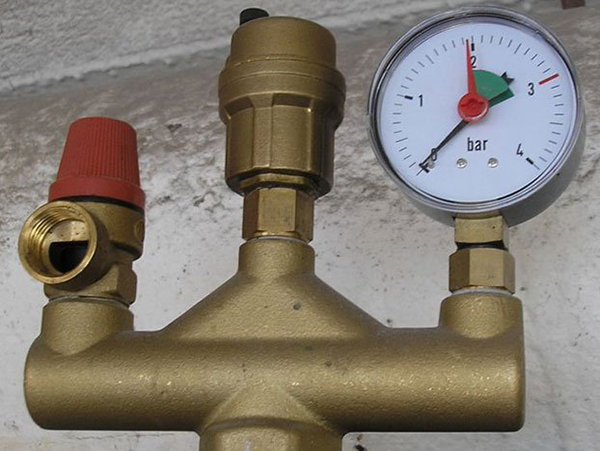
Photo 3. A pressure gauge with a circulation pump, necessary to know the pressure in the heating system.
- Acceptable — the total value of the first two types of pressure.
The parameters and condition of the heating system affect the hydraulic pressure. When installing larger diameter pipes in one of the apartments, the overall pressure indicator may decrease.
Attention! Worn out pipelines also require timely replacement to avoid unexpected accidents.
How to calculate volume?
To calculate the volume of water in the heating system, see passport data of each device.
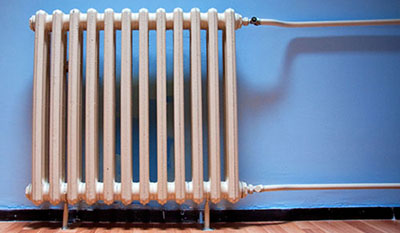
So, in a section of a modern radiator there is room 0.45 liters, and in the old cast iron unit this figure increases up to 1.45 liters.
If it is not possible to calculate by summing the volumes, then they start from the capacity of the heating system. It is accepted that 15 liters of liquid are consumed per one kW of heat.
So if the power 75 kW, then the volume of liquid 75x15=1125 liters. This method has its own errors and is not very accurate.
Useful video
The video shows how heat and water are supplied to radiators in apartment buildings.
Everyone needs knowledge!
Knowledge about the structure of the central heating system will help the residents of the house independently monitor compliance with standards and regulation of heat supply in apartments. Having decided to replace home piping, you cannot neglect the standards and calculations, this can lead to a drop in pressure and uneven heating. Incorrect pipe parameters can cause an uncomfortable temperature.






